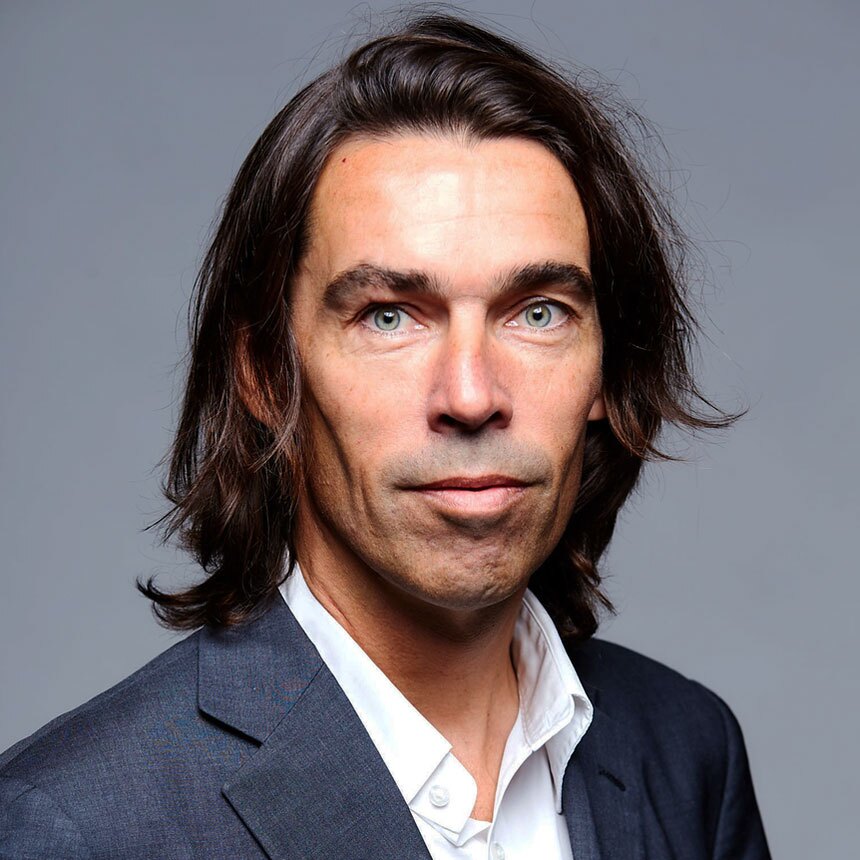Saudi Arabia is set to eclipse many if not all of the world’s biggest hotel and tourism destinations in the next decade or so, amid its ambitious Vision2030 program of giga-projects and other infrastructure that include a wealth of hotels.
Experts in the country said its biggest selling point remains genuine hospitality and warmth to strangers.
Speaking at the Future Hospitality Summit at the Al Faisaliah Hotel in Riyadh, Saudi Arabia, Khalid Saud Abu Haimed, CEO of investment and development firm Al-Khozama, said the highest priority of any traveler, leisure or corporate, is food.
“History and culture equal food,” he said.
James Riley, group CEO of Mandarin Oriental Hotel Group, said it is important to keep the focus on Saudi hospitality and labor.
“The welcome is key, as is the focus on the strong cadre of young, diverse Saudi colleagues,” he said.
Jerry Inzerillo, group CEO of Diriyah Gate, one of those giga-projects, said change in the country has been swift, profound and decreed from the the country’s rulers.
He said international partners are welcome in the country if they “commit, move fast and provide the conceptualization and standards.”
He added the Vision2030 tourism plan provides substantial incentives to attract investment.
“[Saudi Arabia] will do in 15 years what the UAE did in 30 and Singapore did in 60. It is dynamic, and this is the only country I know where the government is working on this harder than are the corporate partners,” he said.
Saudi Arabia is among the last four bidders for Expo2030 and hopes also to host the soccer FIFA World Cup in the same year.
Inzerillo said if those two events come to Saudi Arabia, expect Vision2030’s hotel inventory to “move into overdrive.”
Every Possible Visitor
The change in Saudi Arabia’s tourism offering is not just in leisure.
Ahmed Al Juhani, CEO of Rua Al Madinah Holding, a subsidiary of the country’s sovereign wealth Public Investment Fund, said his project will include 47,000 hotel rooms and provide views of the Holy Mosque of the Prophet and the Islamic Civilization Village, all part of the country’s financed pilgrimage program.
“From two stars up to luxury, 2 million visitors per year and international, not only domestic, visitors,” he said. “We have signed 4.4 billion Saudi riyals ($1.17 billion) of projects, including eight Marriott-branded hotels and three from Hyatt. The shortage of rooms in Madinah is clear, so the opportunity is there.”
Inzerillo said one huge change in the country is the increase in non-pilgrimage visitors. Domestic travelers are also discovering their own country, too, panelists said.
Saudis are discovering that the hospitality industry offers opportunity and that there will be more success in making hospitality a respected profession in a country that cherishes hospitality, Riley said.
“The [Saudi] government is investing in this,” he said. “The human touch comes first in hospitality, and the change is that the sector will become an ever larger component of employment. We will focus on colleagues so they can focus on guests.”
Inzerillo said Saudi pride will ensure a warm welcome, while ever-changing IT will be used on initiatives around sustainability, parking and back-of-house operations.
“Then there will be the best of both worlds, but it is the hospitality that will differentiate the country,” he said.
He said Diriyah Gate, considered the birthplace of modern Saudi Arabia, covers 150,000 square feet and contain 38 hotels, 36 of which already have been signed.
“We just broke our first million visitors, and we welcomed 10,000 people a night in our restaurants during Eid,” he said.
“It shows the world this is a Vision2030 project that already is developing, opening and expediting in 2023,” he said, adding 85% of the staff are Saudi.
To emphasize the giga-project’s pull, also in the past two weeks it has hosted the two soccer players considered the greatest of the past decade, Lionel Messi and Cristiano Ronaldo, who currently plays for Saudi team Al-Nassr in Riyadh, he added.


